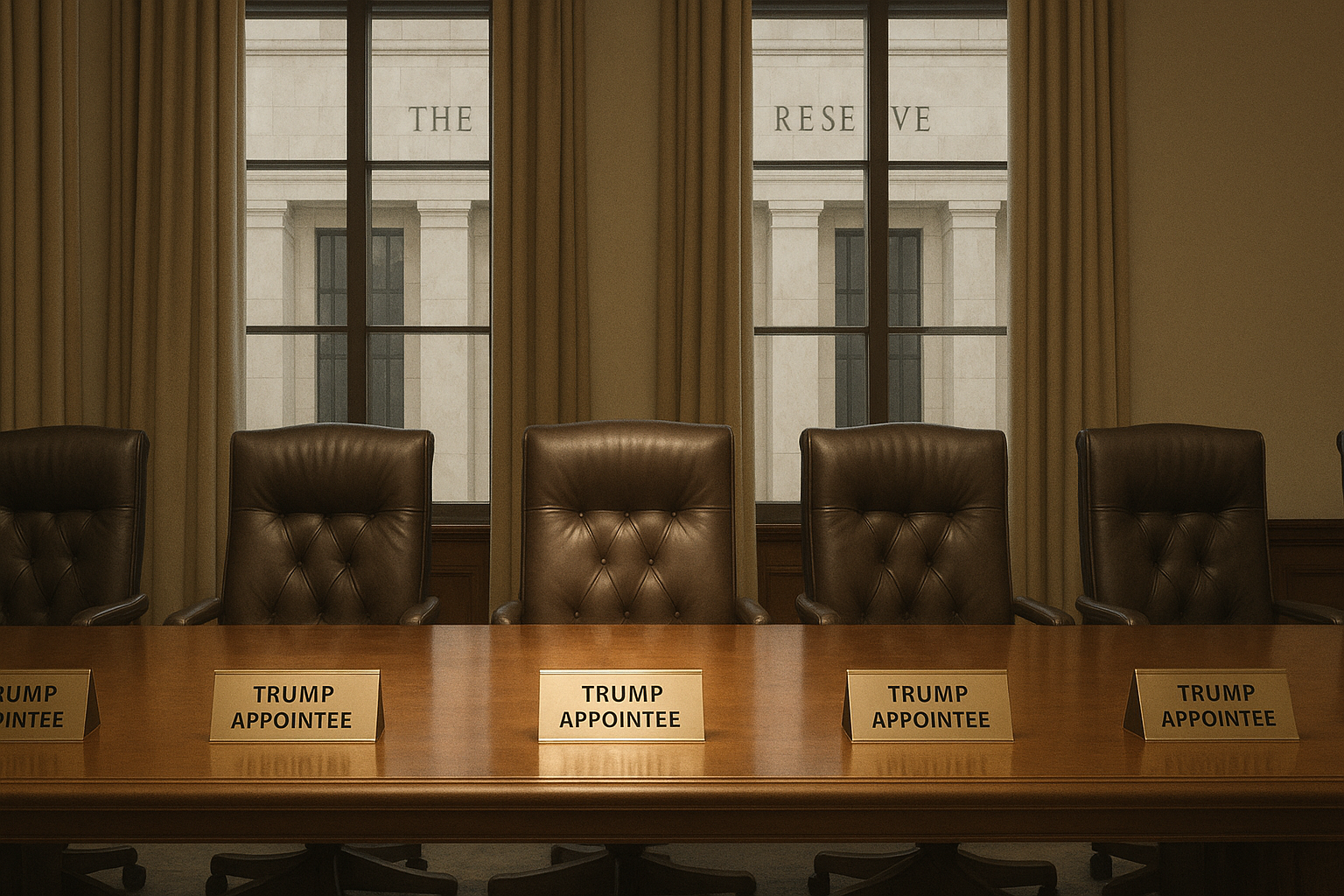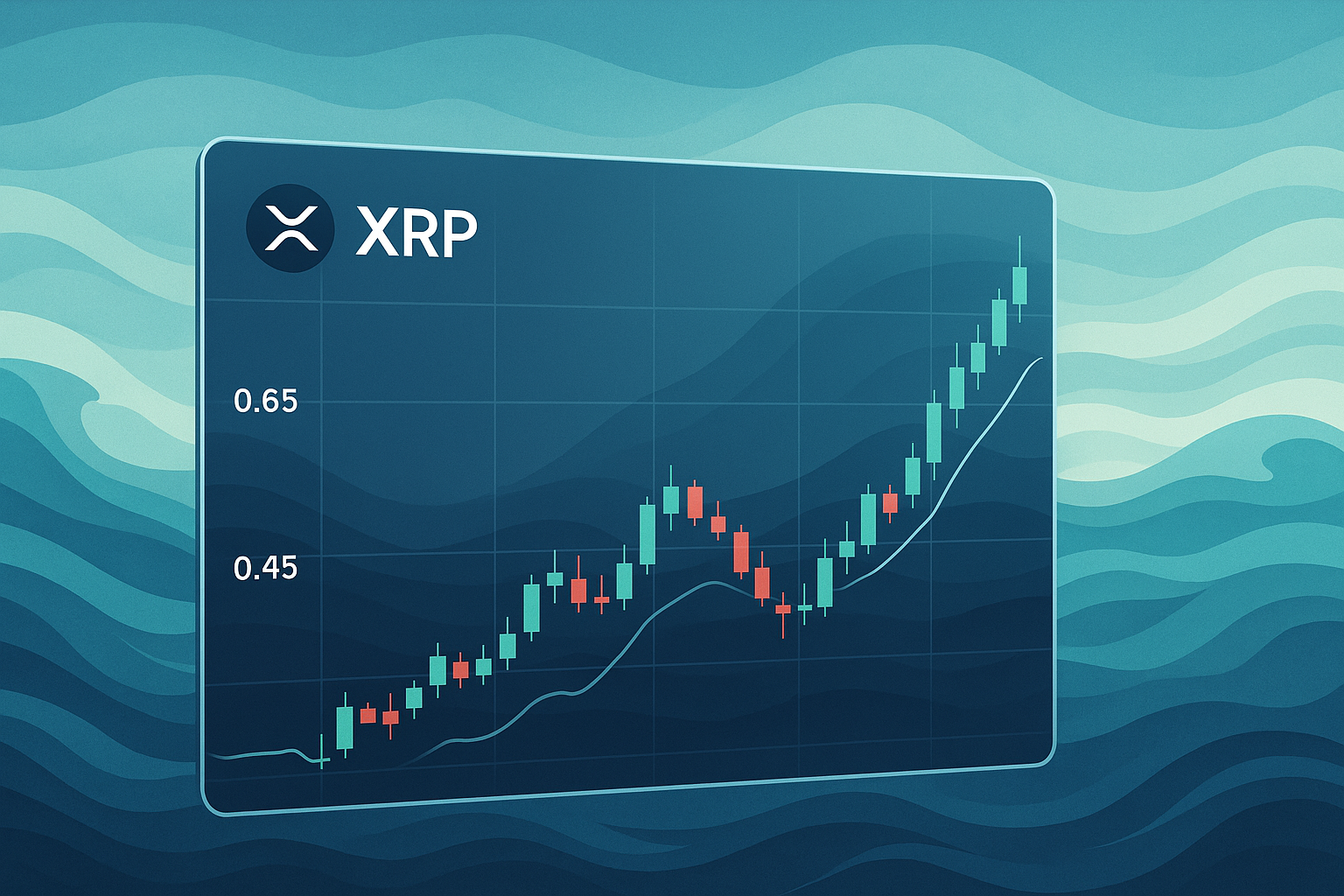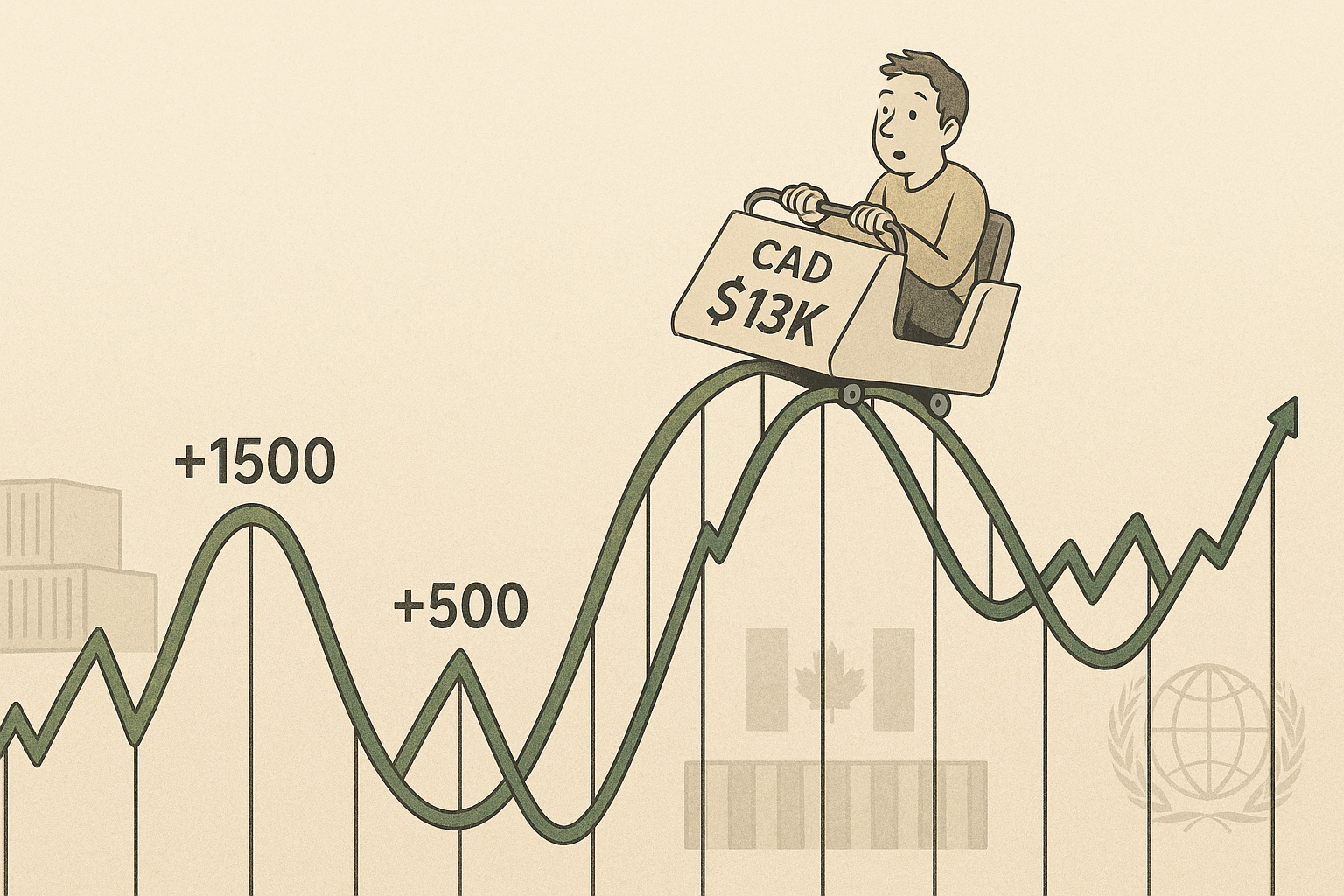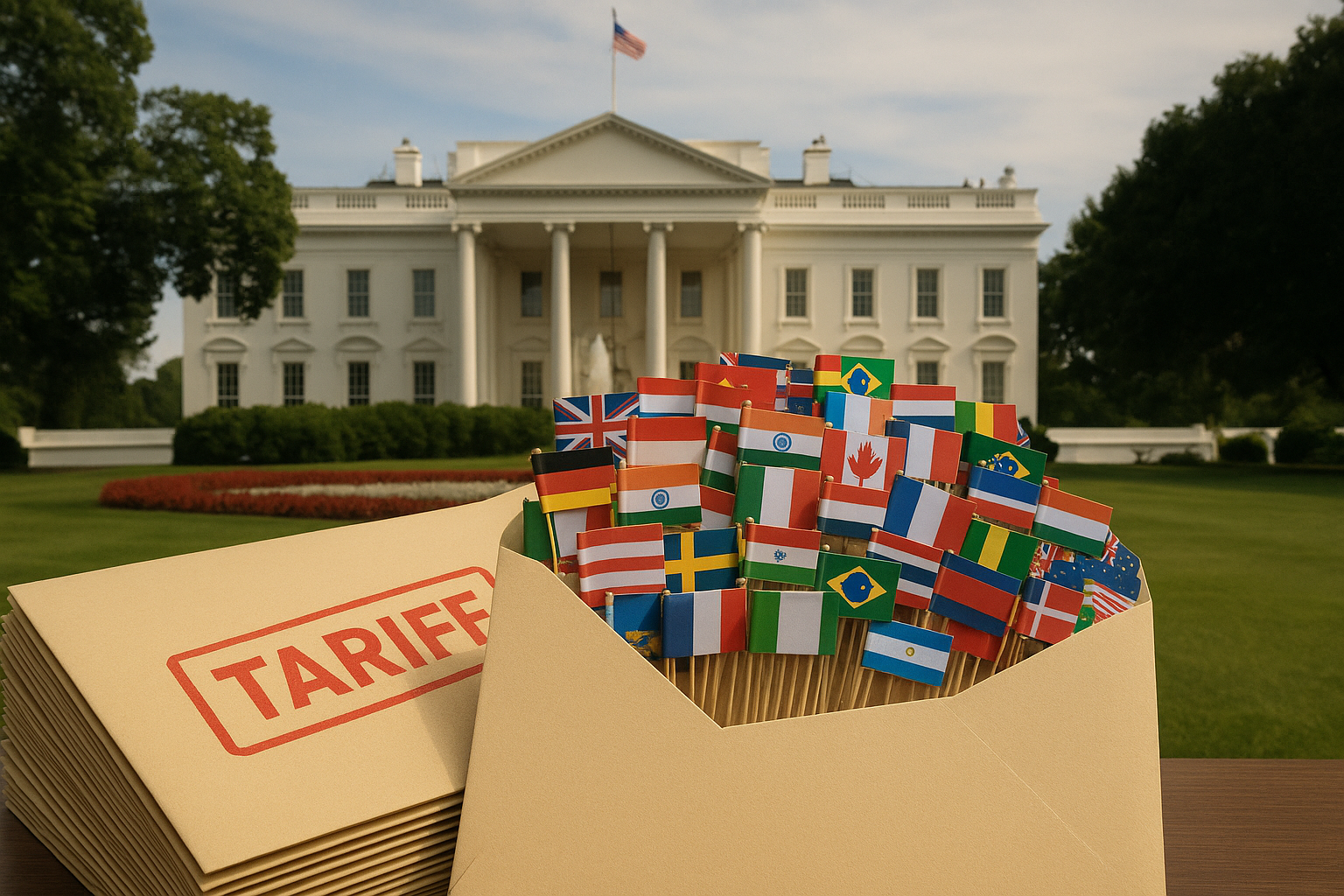When Jerome Powell eventually packs up his office at the Eccles Building, something remarkable will happen without a single vote being cast: Trump appointees will control the Federal Reserve Board. It's not exactly breaking news—the math has been there all along—but its significance has been hiding in plain sight.
The Fed, that mysterious institution that somehow manages to be both incredibly powerful and mind-numbingly boring, is facing a quiet transformation that could reshape American monetary policy for years. And almost nobody's talking about it.
Here's the deal: Once Powell exits, the seven-member Board of Governors will include Michelle Bowman, Christopher Waller, and two other Trump picks—enough for a majority. Unlike the regional Fed presidents who rotate through voting positions like awkward guests at a dinner party, these governors have permanent seats at the monetary policy table.
I've covered central banking since the Bernanke era, and if there's one thing I've learned, it's that personnel is policy. Not immediately, not dramatically, but inevitably.
Central bank independence? Well, sure, in theory. But let's get real—the Fed has always operated in a political ecosystem, even when pretending otherwise. Governors might not take direct orders from the White House, but their worldviews and priorities don't emerge from a vacuum either.
Look, the Fed isn't about to start issuing MAGA-themed currency or anything absurd. These are serious economists and financial professionals who understand the gravity of their responsibilities. The institution has a way of sanding down sharp edges.
But subtle shifts matter enormously in central banking. A slightly different risk tolerance here, a marginally altered view of inflation there... these seemingly minor differences compound over time, rippling through everything from your mortgage rate to global currency markets.
What might we expect? Probably a Fed less interested in progressive concerns like climate risk and inequality, more focused on traditional mandates, and potentially more sympathetic to Wall Street's regulatory complaints. (Banking regulations, after all, are where Fed governors can make changes without needing to convince a broader committee.)
During a conversation with a former Fed economist last week (who requested anonymity because, well, Fed people are cautious that way), they put it succinctly: "The Fed's like an aircraft carrier—you can't turn it quickly, but change the navigation team and eventually you'll end up in different waters."
The market implications are... complicated. Investors who've spent years decoding Powell-speak will need new translation guides. Those who've been betting on a certain regulatory direction might find new opportunities—or unexpected obstacles.
There's an interesting tension here worth noting. While we obsess over the Chair position—and Powell has certainly been a consequential figure—the Fed was designed as a committee precisely to prevent any single person from wielding too much power. The full board's composition sometimes matters more than who sits at its head.
Central banking involves navigating uncertainty with imperfect tools while trying to manage markets that occasionally behave like a toddler who missed naptime. How these Trump appointees approach this challenge—their economic frameworks, their communication styles, their willingness to buck conventional wisdom—will shape American economic life in ways both profound and nearly invisible.
And that's the thing about the Fed—its most important impacts often appear in retrospect, like economic historians examining fossils of decisions made years earlier.
The transition won't happen overnight. It might not generate dramatic headlines. But this gradual shift in the Fed's center of gravity represents one of the more consequential economic developments of our time.
Smart money is already paying attention. Perhaps you should too.



